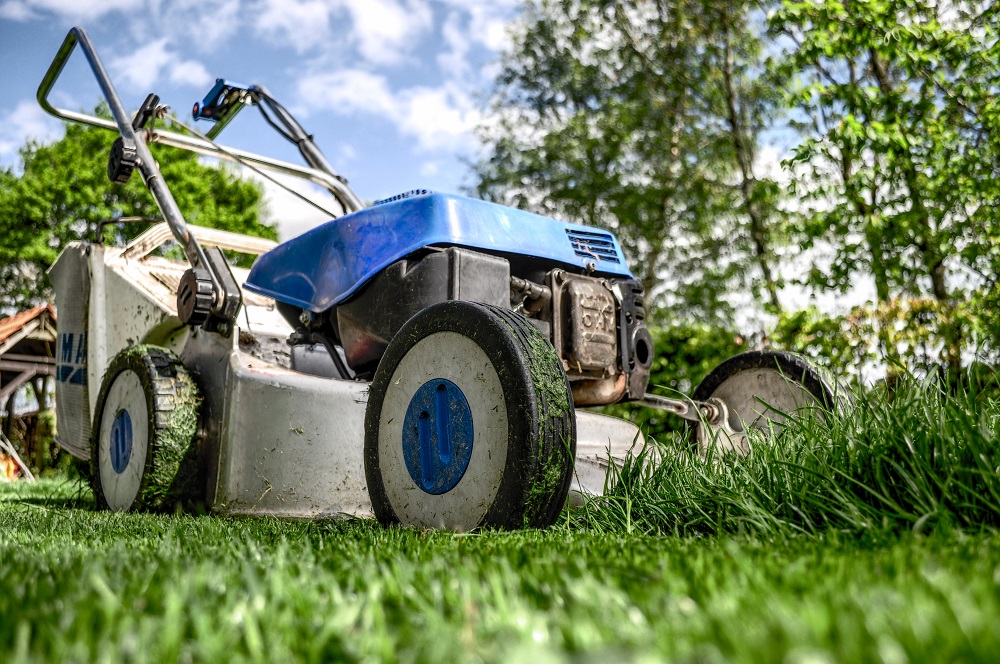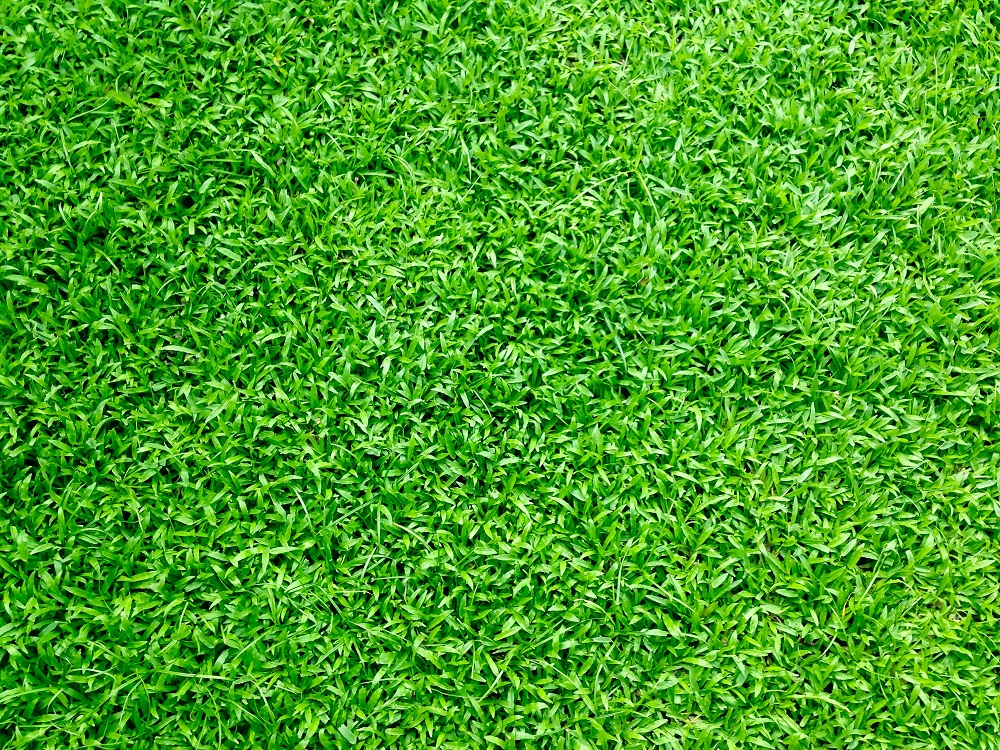Lawn Maintenance Tools and Equipment: Must-Haves for Every Homeowner

Maintaining a healthy and beautiful lawn requires regular upkeep, and having the right tools and equipment is essential for efficient lawn care. Whether you are a seasoned gardener or a new homeowner, having a well-stocked toolkit will make your lawn maintenance tasks easier and more effective. In this article, we will explore the must-have tools and equipment for every homeowner, from basic essentials to specialized implements. By understanding the purpose and benefits of these tools, you can equip yourself with everything you need to keep your lawn in top shape throughout the year.
Lawn Mower
A high-quality lawn mower is the cornerstone of any homeowner’s lawn maintenance toolkit. Choosing the right type of mower depends on the size and terrain of your lawn:
1. Push Mower: Ideal for small to medium-sized lawns, push mowers are manually operated and require physical effort to push and maneuver.
2. Self-Propelled Mower: Suitable for larger lawns or if you prefer less physical exertion, self-propelled mowers feature an engine that drives the wheels, making it easier to navigate uneven terrain.
3. Riding Mower: Designed for large lawns or properties with hilly landscapes, riding mowers offer comfort and efficiency. They are best suited for homeowners with expansive areas to maintain.
Trimmer/Edger
A trimmer or edger is essential for achieving clean and well-defined edges along sidewalks, driveways, and garden beds. Trimmers come in two main types:
1. String Trimmer: Also known as a weed eater, a string trimmer uses a rotating nylon string to cut grass and weeds in hard-to-reach areas and along edges.
2. Edger: An edger creates precise and neat edges by cutting a clean line between the lawn and other surfaces. It offers a more polished and professional appearance.
Leaf Blower
A leaf blower is a versatile tool that helps clear leaves, grass clippings, and debris from your lawn quickly and efficiently. It comes in three main types:
1. Handheld Blower: Lightweight and portable, handheld blowers are suitable for smaller properties with light debris.
2. Backpack Blower: Designed for larger properties or areas with heavy debris, backpack blowers provide more power and longer operating times, with the weight distributed on the user’s back.
3. Wheeled Blower: Wheeled blowers are the most powerful option and are typically used for commercial or large-scale applications. They offer high air volume and velocity for efficient debris removal.
Rake
A traditional rake is a versatile tool that serves multiple purposes in lawn maintenance. It is indispensable for tasks such as removing leaves, thatch, and debris, as well as leveling soil and spreading mulch. Look for a sturdy rake with flexible tines that can handle various lawn care tasks effectively.
Pruning Tools
Pruning tools are essential for maintaining the health and appearance of trees, shrubs, and bushes in your lawn. The following pruning tools are must-haves for every homeowner:
1. Pruning Shears: Also known as hand pruners or secateurs, pruning shears are designed to cut small branches and stems cleanly. They are ideal for precision trimming and shaping.
2. Loppers: Loppers have long handles and powerful cutting jaws, making them suitable for cutting thicker branches that pruning shears cannot handle.
3. Pruning Saw: A pruning saw features a curved or straight blade with sharp teeth, enabling you to cut through larger branches efficiently.
Garden Hose and Sprinkler
Proper watering is essential for a healthy lawn. Invest in a durable garden hose and a sprinkler system that covers your lawn evenly. A sprinkler with adjustable patterns and spray distances will allow you to customize watering based on your lawn’s needs.
Soil Testing Kit
A soil testing kit is a valuable tool for understanding your lawn’s soil composition and nutrient levels. It helps you determine the appropriate fertilizers and amendments required to achieve optimal lawn health. Soil testing kits typically include pH test strips, nutrient analysis, and instructions for interpreting the results.
Equipping yourself with the right lawn maintenance tools and equipment is vital for keeping your lawn healthy and attractive. From a reliable lawn mower and trimmer to essential pruning tools and a soil testing kit, each tool serves a specific purpose in achieving a well-maintained lawn. By investing in quality tools and understanding how to use them effectively, you can streamline your lawn care routine and ensure that your outdoor space remains a source of pride and enjoyment for years to come.
Generated by ChatGPT
